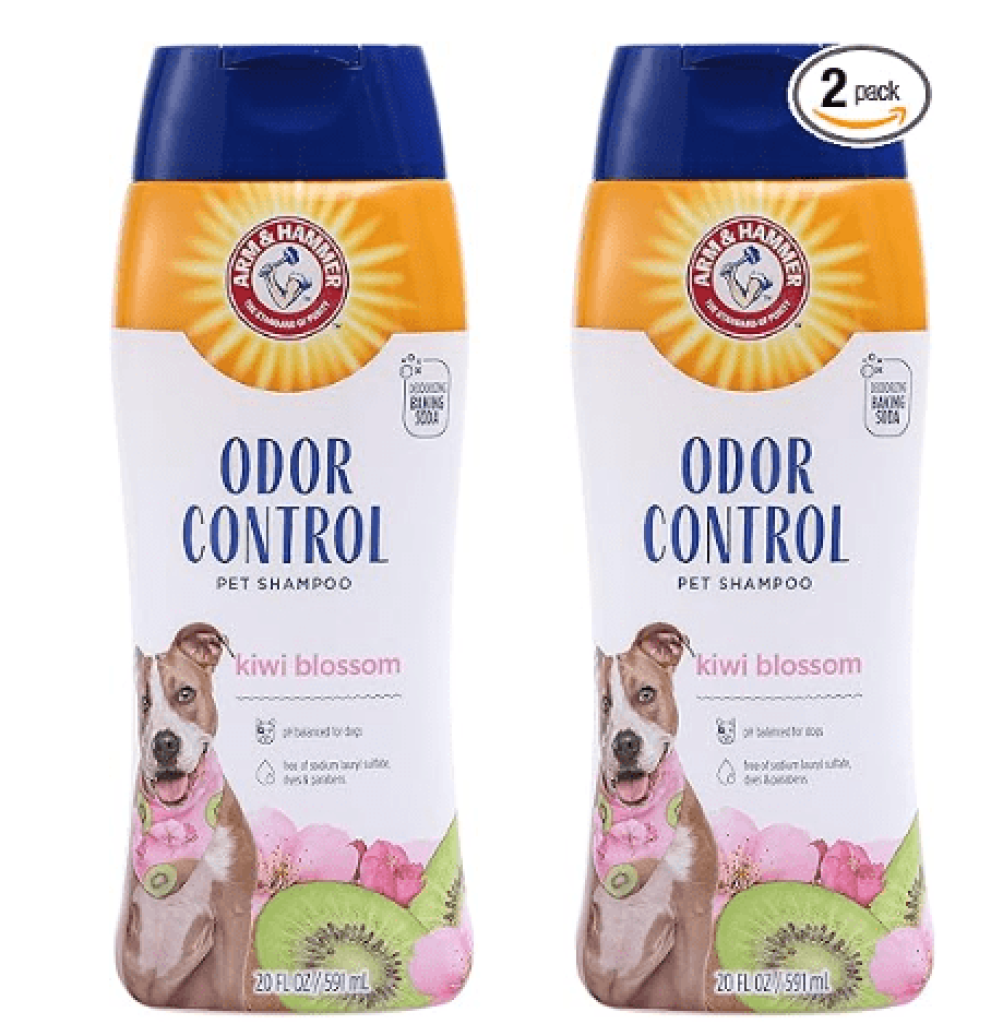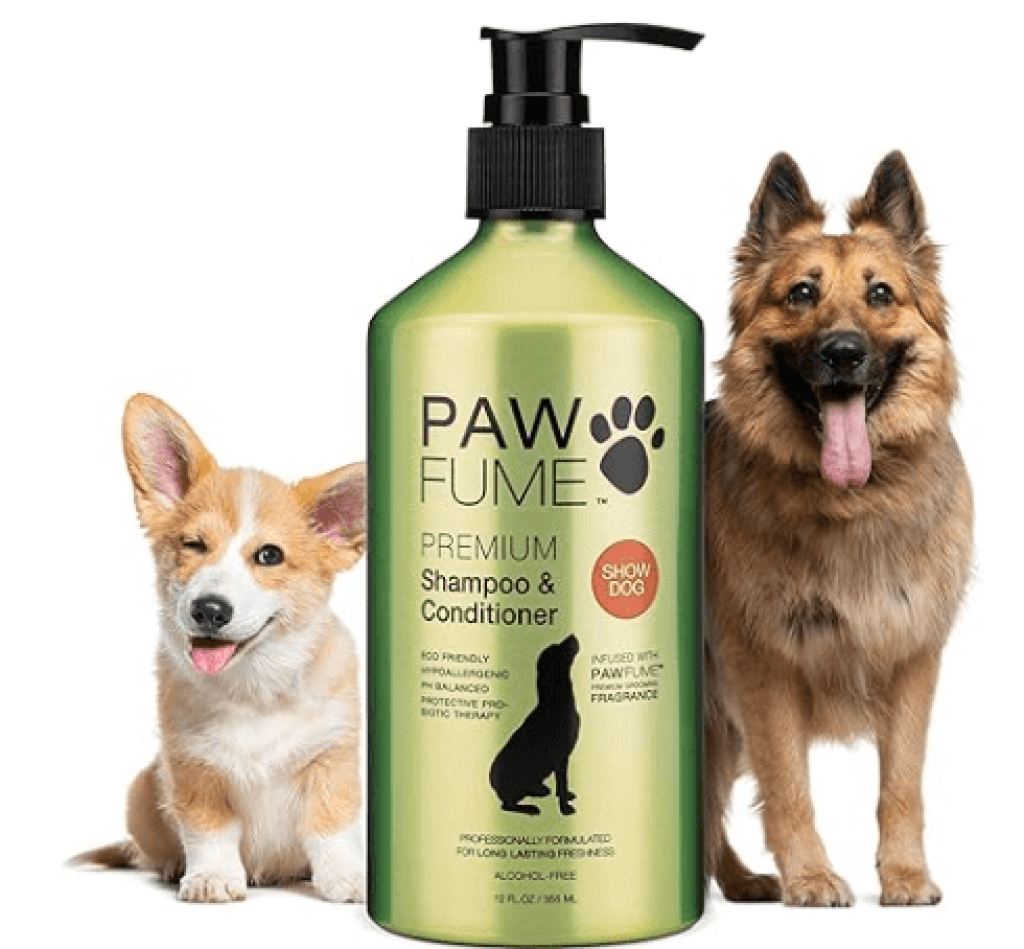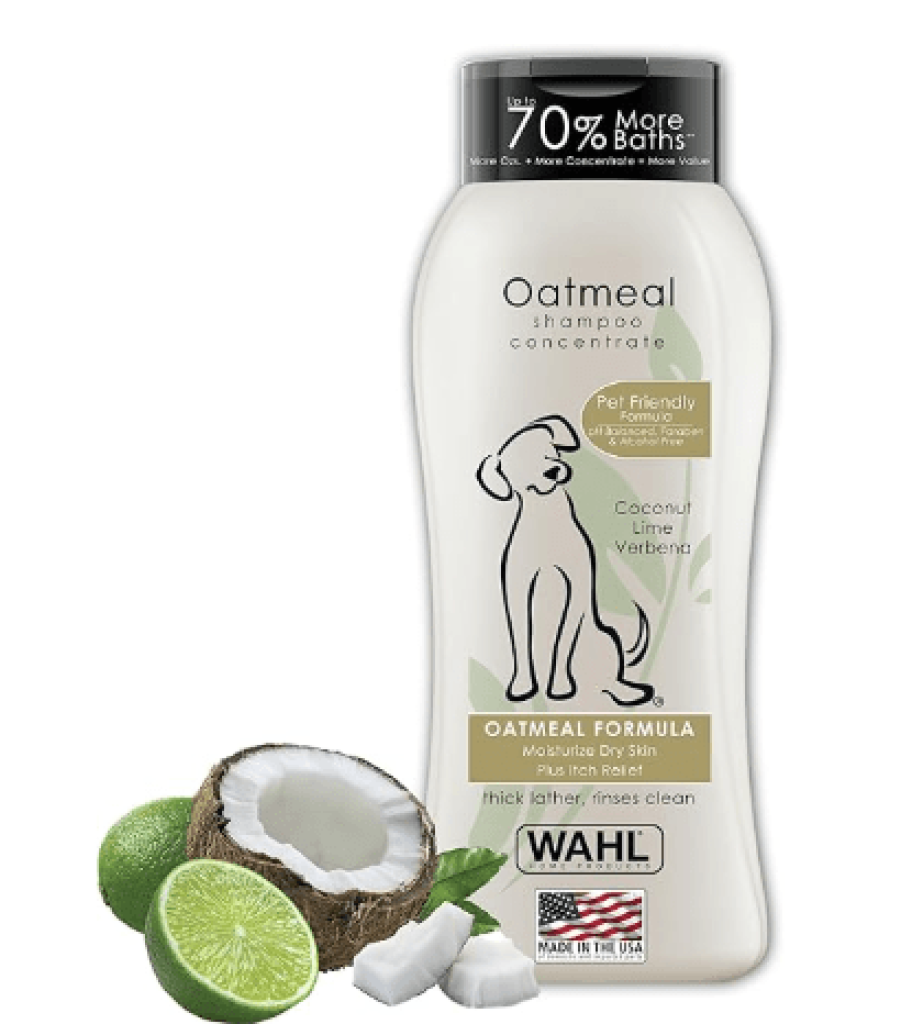


Bathing your dog is one of the most important aspects of taking care of their health and well-being, but the question of how often should you bathe your dog depends on several factors. Some dog owners think that they need to bathe their pet regularly to keep it clean and smelling good, while bathing too much can damage the dog’s skin and coat.
On the other hand, others may keep their dog without a bath for a longer period of time due to their busy schedule, which can also cause health problems and unpleasant odors. The best approach is to adjust the frequency of bathing based on the dog’s actual needs.
The breed and type of coat of the dog play an important role in determining the frequency of bathing. Dogs with long, thick hair, such as Golden Retrievers or Newfoundlands, need to be bathed more often due to the accumulation of more dust and grease in their fur.
In contrast, short-haired dogs, such as boxers or dogo argentinos, need to be bathed less often because their short hair retains body fat better and gets dirty less. Also, some dogs, such as the shih tzu, which are hairless, need to be bathed more often because their skin is exposed to dirt and oil without a protective layer. How old do dogs live?
In addition to the breed, the dog’s lifestyle and activity level also influence how often it needs to be bathed. If your dog plays more outdoors and in environments full of dirt and mud, it is likely to get dirty sooner and need to be bathed more often.
Dogs that live indoors and are less active will need to be bathed less often. Weather conditions also play a role in this. In hot and humid weather, dogs may need to be bathed more often due to sweating and the accumulation of oil on their skin, but in winter it is recommended to reduce bathing to prevent the skin from drying out too much.
Some dogs may need to be bathed more often, as recommended by their veterinarian, due to skin problems and specific allergies.
Advantages and disadvantages of spaying a female cat
Dogs with oily skin (such as Cocker Spaniels) should be bathed regularly to prevent excess oil buildup and unpleasant odors. On the other hand, dogs with dry skin should not be bathed too often, as this can irritate, itch, and flaky skin. In these cases, the use of special shampoos and appropriate moisturizers is recommended.
Epulis Tumor: The Fourth Most Common Oral Tumor in Dogs
In general, most dogs need to be bathed every 4 to 6 weeks. Dogs that live in muddy and dirty environments may need to be bathed every two weeks. However, apartment dogs that are less exposed to pollution can go up to 8 weeks without a bath. The most important thing is to determine the right time to bathe your dog by observing the unpleasant odor, excessive oiliness of the hair, and itching of the skin.
Best Method for Bathing Dogs
A step-by-step guide to properly bathe your dog for optimal hygiene and health
Wahl
Arm & Hammer
Paw Fume
Dog Bathing FAQs
Answers to common questions about keeping your dog clean and healthy
The right time to bathe your dog depends on the breed, hair type, activity level, and environment. In general, every 4 to 6 weeks is recommended, but dogs that play outdoors a lot or have long hair may need to be bathed more often.
No, human shampoo is not recommended for dogs. Dogs have a different pH than humans (around 7.5 compared to 5.5 for humans), and human shampoos can cause dryness, irritation, and skin problems. It is best to always use shampoos specifically made for dogs.
To prevent water from getting into your dog’s ears, you can insert a small cotton ball (not too deep, of course). Also, when washing your dog’s head, avoid pouring water directly on it and only clean it with a damp cloth or sponge. Gently wipe around the ear area without inserting anything into the ear canal.
If the weather is cold, it is best to dry him off completely before taking him outside. In cold weather, moisture on the skin can cause colds or skin problems. If necessary, use a hair dryer on a low setting and at a reasonable distance to dry. In warm weather, it’s generally fine to let your dog outside after a thorough towel drying.
Some signs that your dog needs a bath include unpleasant body odor, excessive oil on the hair, itching or constant licking of the skin. Also, if your dog’s body is dirty after a long walk or playing in the mud and dirt, it is better to bathe him sooner. Visible dirt, debris, or a greasy feel to the coat are clear indicators.
• Always use lukewarm water – not too hot or cold for your dog’s comfort
• Brush your dog before bathing to remove loose hair and tangles
• Reward with treats during and after bathing to create positive associations
• Thoroughly rinse all shampoo to prevent skin irritation
• Check with your vet if your dog has specific skin conditions or allergies


